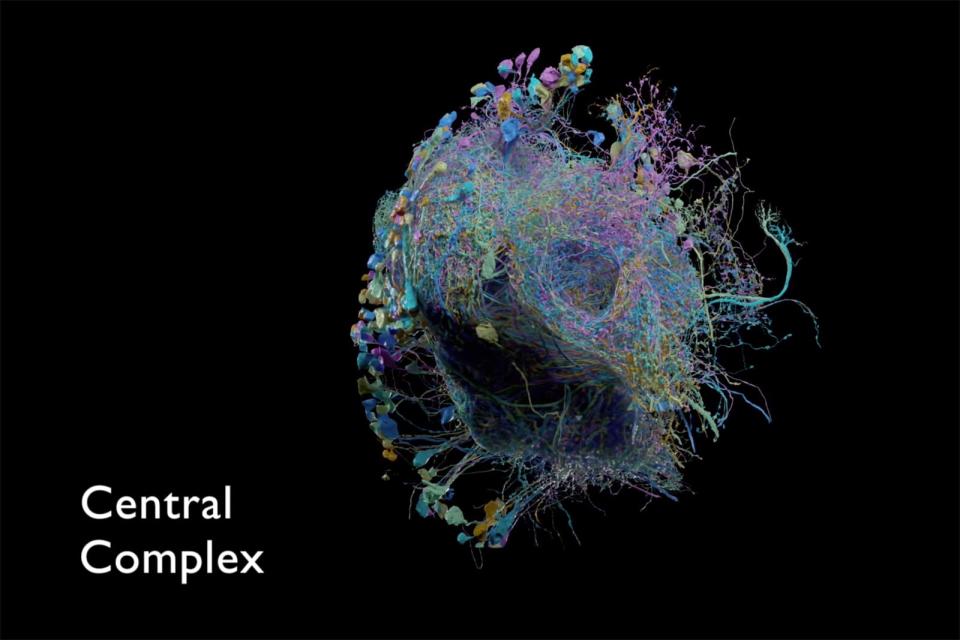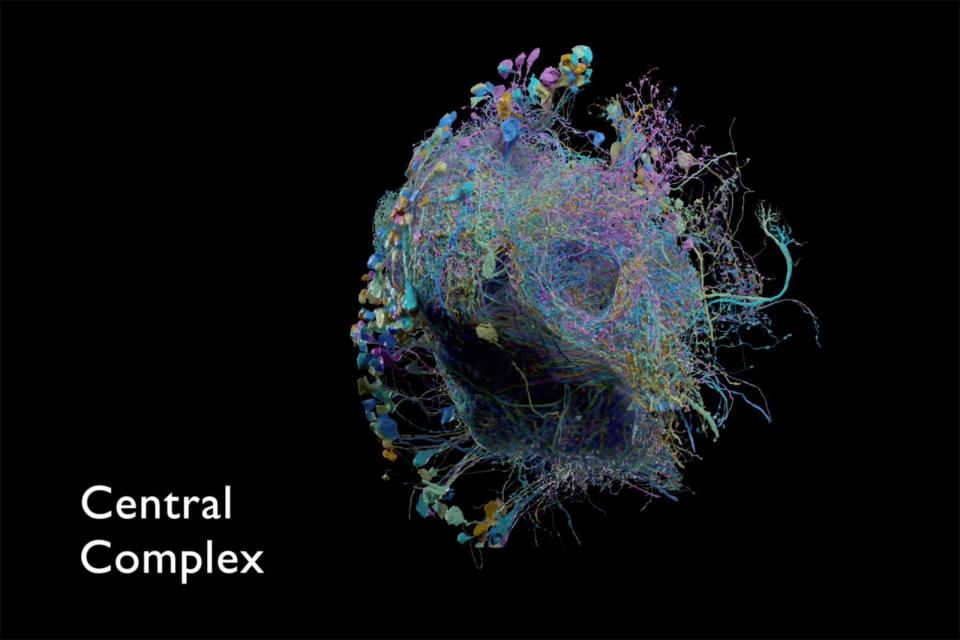Google helps publish the largest high-res map of brain connectivity
It's 'just' for a fruit fly, but it still represents a major milestone.
A joint effort between Google and the Janelia Research Campus has just achieved a significant breakthrough in brain mapping. They've published the largest high-resolution map of brain connectivity to date, offering a 3D model of 25,000 fruit fly neurons across a diverse range of cell types and multiple brain regions. The team achieved the feat by cutting sections of the fly's brain into ultra-thin (20-micron) slices, imaging those pieces with electron streams from a scanning electron microscope and stitching them back together. The result is a sophisticated map with so few disruptions that it's practical to trace neurons through the brain.
Anyone can see and download the data, and there are papers both available and on the way detailing the work. The brain map won't accomplish much by itself. However, it could prove to be a treasure trove of data for scientists looking to understand fruit flies in particular or brain functionality at large.
With that said, it's important to temper expectations. Even as large as this map is, it represents just a quarter of the 100,000 neurons in a typical fruit fly. Most larger species' brains are considerably more complex, and a human's 86 billion neurons would take much, much more work to map correctly. This is an important moment, but it's ultimately a stepping stone.



